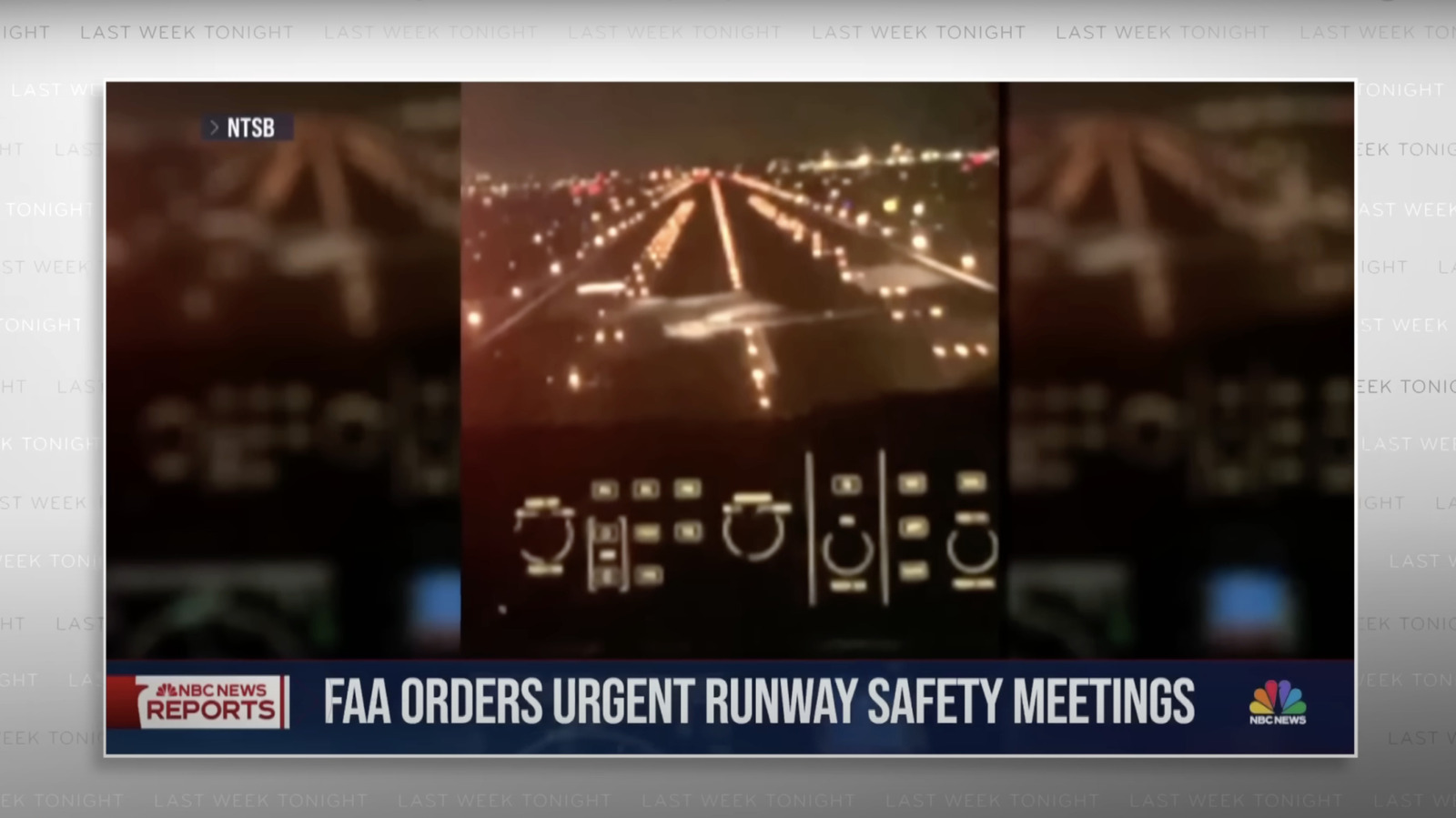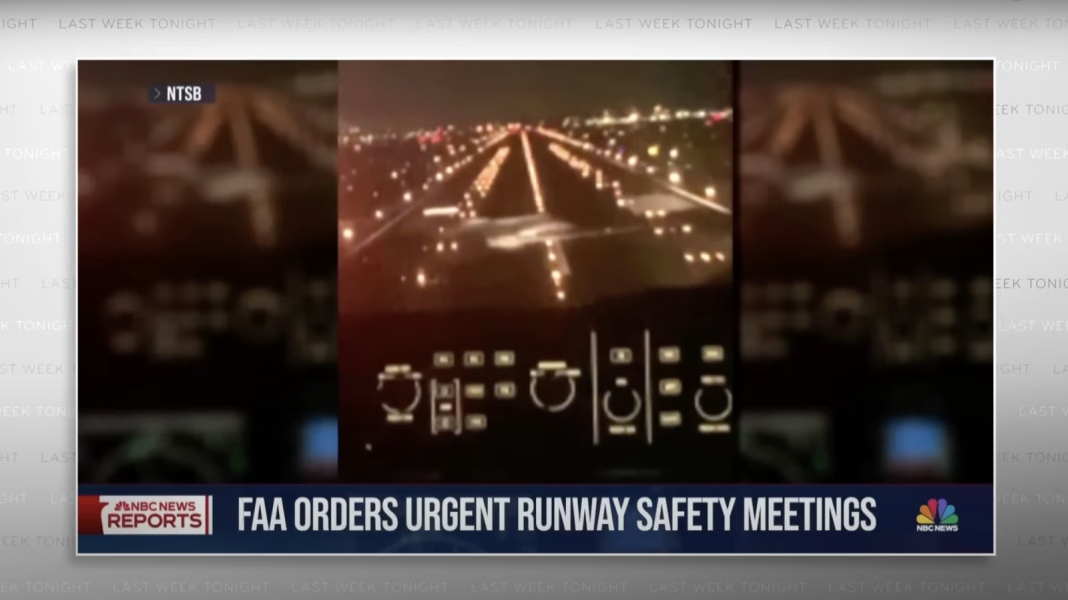Air traffic control is a critical component of aviation safety, yet recent reports reveal that the situation is far from ideal. With increasing air traffic and a shortage of qualified personnel, the challenges facing air traffic controllers are mounting. Let’s dive into the current state of air traffic control, explore the implications, and consider what can be done to improve the situation.
What’s Going Wrong in Air Traffic Control?
The air traffic control system is under significant strain. As air travel rebounds post-pandemic, the number of flights is surging. The Federal Aviation Administration (FAA) has reported that air traffic is approaching pre-COVID levels, but the workforce hasn’t kept pace. Many controllers are nearing retirement age, and the pipeline for new recruits is not filling fast enough. This gap leads to longer hours and increased stress for current controllers, which can impact safety and efficiency.
A recent study highlighted that nearly 80% of air traffic controllers reported feeling overwhelmed by their workload. This isn’t just a statistic; it translates into real-world consequences. Delays are becoming more common, and the potential for errors increases when controllers are stretched too thin.
Why Should We Care?
You might wonder why this matters to you as a traveler. Well, the implications of a strained air traffic control system can ripple through the entire aviation experience. Increased delays mean longer wait times at airports, which can lead to missed connections and frustrated passengers. Safety, of course, is paramount. A fatigued controller is more likely to make mistakes, and that’s a risk no one wants to take when flying.
Moreover, the economic impact is significant. Delays and inefficiencies in air traffic can lead to increased operational costs for airlines, which may eventually trickle down to ticket prices. In a world where travel is already expensive, the last thing we need is for airfares to rise due to systemic issues in air traffic management.
What Can Be Done?
Addressing the air traffic control crisis requires a multi-faceted approach. First, there needs to be a concerted effort to recruit and train new controllers. The FAA has been working on initiatives to attract younger candidates, including outreach programs in schools and partnerships with aviation colleges. However, it’s not just about numbers; it’s also about ensuring that training programs are robust and prepare new controllers for the realities of the job.
Investing in technology can also play a crucial role. Automation and advanced software can help streamline operations, allowing controllers to manage air traffic more efficiently. For instance, implementing better data-sharing systems among airlines and air traffic control can reduce congestion and improve communication.
Finally, it’s essential to prioritize the well-being of current controllers. Providing adequate rest periods, mental health support, and manageable workloads can help reduce burnout and improve performance. A well-rested controller is a safer controller, and that’s a win for everyone involved.
What’s Next for Air Traffic Control?
The road ahead won’t be easy, but there’s hope. As awareness grows about the challenges facing air traffic control, there’s a greater push for change. Advocacy from both the aviation industry and the traveling public can drive the necessary reforms.
The big takeaway? The air traffic control system isn’t about perfection—it’s about smarter adjustments. Start with one change this week, and you’ll likely spot the difference by month’s end. Whether it’s advocating for better training programs or simply being patient during delays, every effort counts in creating a safer and more efficient air travel experience.


